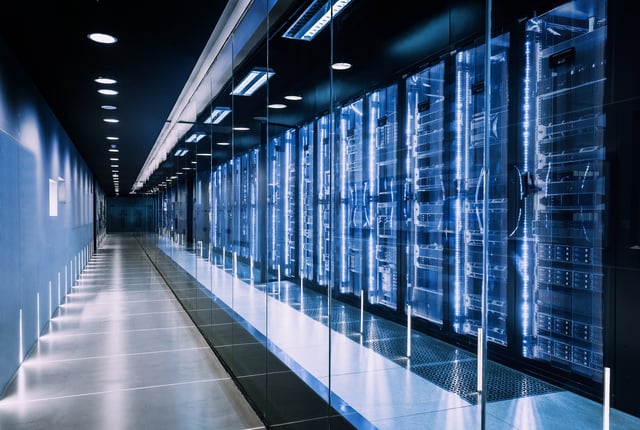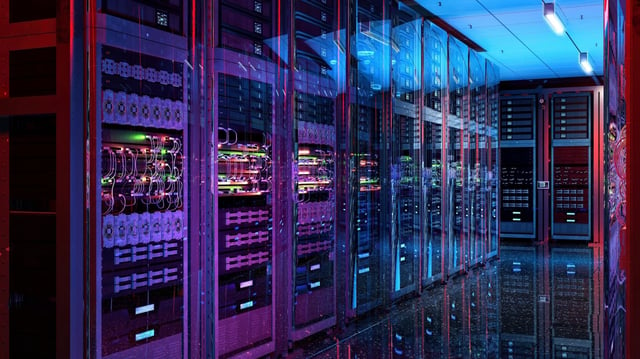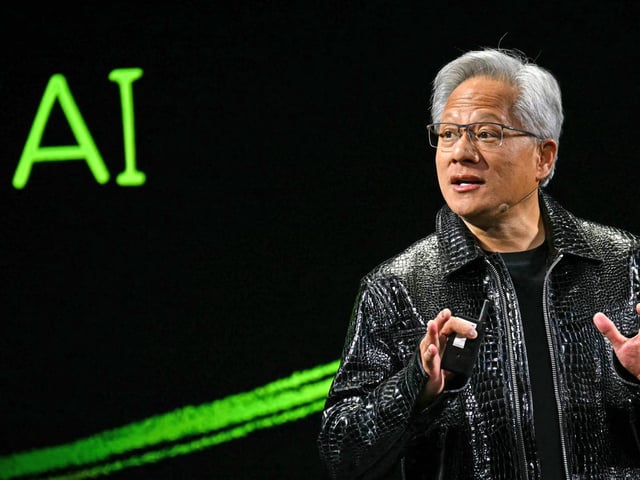Overview
- A study by Georgetown, Epoch AI, and Rand projects that by 2030, the leading AI supercomputer could cost $200 billion, house 2 million chips, and require 9 GW of power — equivalent to nine nuclear reactors.
- Power demands for AI data centers have doubled annually since 2019, far outpacing energy efficiency improvements, which have only risen by 1.34× per year.
- xAI’s Colossus, currently the most powerful AI supercomputer, consumes 300 MW of power and cost $7 billion to build, showcasing the rapid escalation in scale and expense.
- The United States controls 75% of global AI supercomputing power, but the strain on grids and reliance on non-renewable energy sources pose environmental and economic challenges.
- Some hyperscalers, including AWS and Microsoft, have recently slowed expansion plans, signaling potential concerns about the sustainability of current growth trends.


